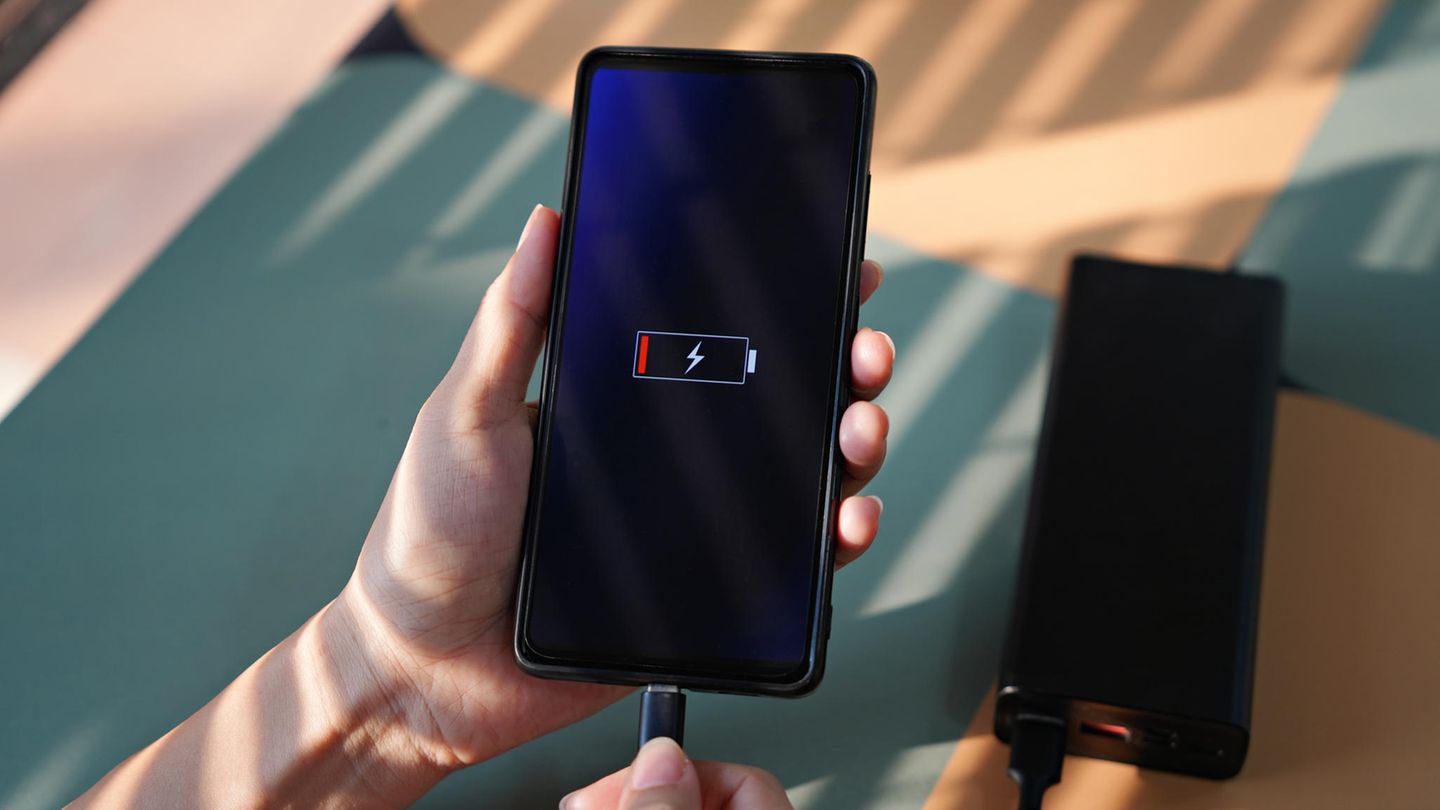At the end of November, news from southern Africa unsettled the world: South African scientists announced the discovery of a new, highly contagious coronavirus variant, which the WHO shortly after called Omicron and classified as worrying. Travelers returning from South Africa are suddenly considered suspicious cases, and numerous states are imposing strict travel restrictions against the Cape State, which hit the local tourism industry to the core. At the time, South Africa was preparing for a violent wave of infections in view of the rapidly increasing number of cases. And now? A good month later, the country is sending completely different corona signals: Almost all restrictions have been removed – many South Africans are celebrating their summer holidays again on the beaches of the coastal provinces. Shortly before New Year’s Eve, the night curfew, which had been in force for almost two years, was lifted along with other restrictions. “Omikron has reached its peak”, justified the responsible minister Mondli Gungubele. There has been no alarming change in the number of hospital admissions or the number of deaths.
The country is now on the lowest of the five levels of the nearly two-year alarm system. Masks in public places are still compulsory, and people should keep their distance at meetings. The Prime Minister of the Western Cape Province – to which the tourist metropolis Cape Town also belongs – advocated a complete removal of this alarm system on Tuesday. “We are currently managing this pandemic,” he said in an interview with the news channel eNCA. “What to focus on is hospital admissions; we had 70 people in intensive care last week, now we’re under 30 people.”
“Death rate is one to two people a day”
The daily number of infections and, above all, the number of deaths have fallen dramatically. Winde: “The death rate in the province is one to two people a day.” It is now a matter of working on the behavior of the citizens – whoever feels sick cannot avoid a mask. Winde: “The next pandemic is the pandemic of poverty, the pandemic of job losses – we have to declare an emergency here.” The official unemployment rate in the Cape State – which was already in recession before the pandemic – is around 35 percent.
Contact tracking of people who became close to infected people had previously been removed. According to studies, around 70 percent of the average very young population of South Africa have already gone through an infection, so they have a certain level of immune protection. The National Institute for Communicable Diseases (NICD) also recently presented a study that indicates a rather mild course of disease with Omikron compared to the Delta variant in vaccinated people. Based on previous data, the probability of hospital admission for Omikron was stated to be up to 80 percent lower than for the Delta variant.
The length of stay there also fell to an average of three to four days – almost half the time that was considered the average for the Delta variant. Politicians in the Cape spoke of a downright breathtaking decline in the daily number of infections, which in many parts of the country often dropped from the five-digit range to a three-digit level.
However: shortly before Christmas even the pan-African health organization Africa CDC warned against transferring the “encouraging initial findings” from South Africa to other countries. South Africa is also in the summer, when respiratory diseases are rather rare. The continent has now procured almost 450 million vaccine doses, but only around eleven percent of the population have been vaccinated twice against the coronavirus. Countries like Morocco (72 percent of the population) or South Africa (26 percent) stand out.
Source: Nachrichten




